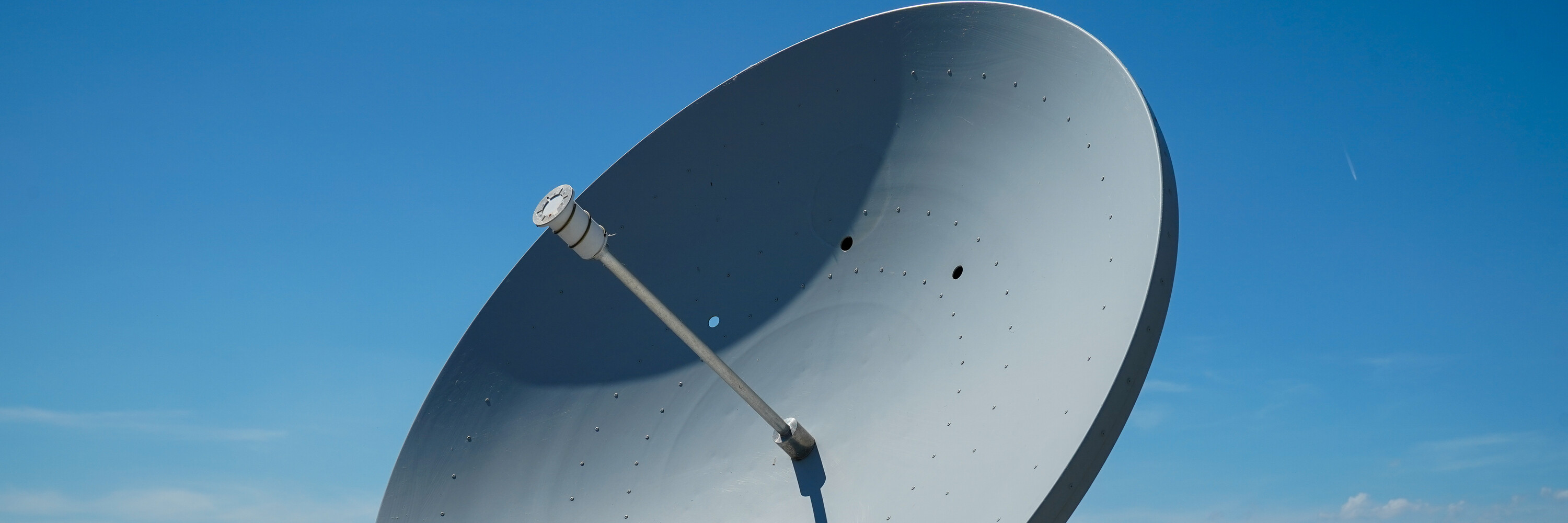Kürzliche Projekte
Datenlogger-Implantat für Osteosynthesen-Forschung
Die AO Foundation forscht u.a. an verschiedenen Methoden, um den Heilungsprozess von Knochenbrüchen zu untersuchen und zu optimieren.
Dabei werden spezielle Implantate oder externe Fixateure eingesetzt, welche die mechanische Belastung im Frakturbereich gezielt abfedern und lenken sollen, bis der Heilungsprozess abgeschlossen ist. Je mehr der Knochenbruch zusammenheilt, um so mehr erhöht sich die Steifigkeit des neuen Gewebe im Frakturbereich und das Implantat wird je länger je weniger belastet. Aus den gewonnenen Erkenntnissen können neue Methoden entwickelt werden, um die Heilung zu beschleunigen und zu verbessern, und unnötige Schmerzen zu verhindern. Um den Heilungsfortschritt detailliert verfolgen zu können, ist es nötig, während der gesamten Rehabilitationszeit die Belastung im Implantat mittels Kraft- oder Wegsensoren zu messen.
A telemetric biofeedback concept for continuous monitoring of bone healing is introduced. The system is based on an implantable electronic unit with on-board data processing of deformations or displacements of fracture fixation devices. In contrast to existing solutions, it allows for autonomous long-term data collection over several months. The system enables observing fracture motion and patient activity under daily routine conditions. Feasibility of the approach was proven in an animal experiment with an instrumented plate monitoring axial motion in a transverse osteotomy gap at the sheep tibia. Callus formation and maturation of the repair tissue was indicated by a decline of the interfragmentary motion signal over time and by changes in the animal's activity pattern. For improved understanding and interpretation of such information, extended collection of in-vivo data is the consequent next step.
Rauscharmer Phasenrauschmessplatz für die Fertigungsindustrie
Das Phasenrauschen von Quarzen und Oszillatoren beeinflusst die Leistungsfähigkeit von Telekommunikationssystemen. Eine effiziente und automatisierte Messung verschiedener Signalquellen innerhalb von Produktionsanlagen oder im Labor ist deshalb entscheidend.
The cross-correlation method allows phase-noise measurements of high-quality devices with very low noise levels, using reference sources with higher noise levels than the device under test. To implement this method, a phase-noise analyzer needs to compute the cross-spectral density, that is, the Fourier transform of the cross-correlation, of two time series over a wide frequency range, from fractions of Hz to tens of MHz. Furthermore, the analyzer requires a high dynamic range to accommodate the phase noise of high-quality oscillators that may fall off by more than 100 dB from close-in noise to the noise floor at large frequency offsets. This paper describes the efficient implementation of a cross-spectrum analyzer in a low-cost FPGA, as part of a modern phase-noise analyzer with very fast measurement time.

